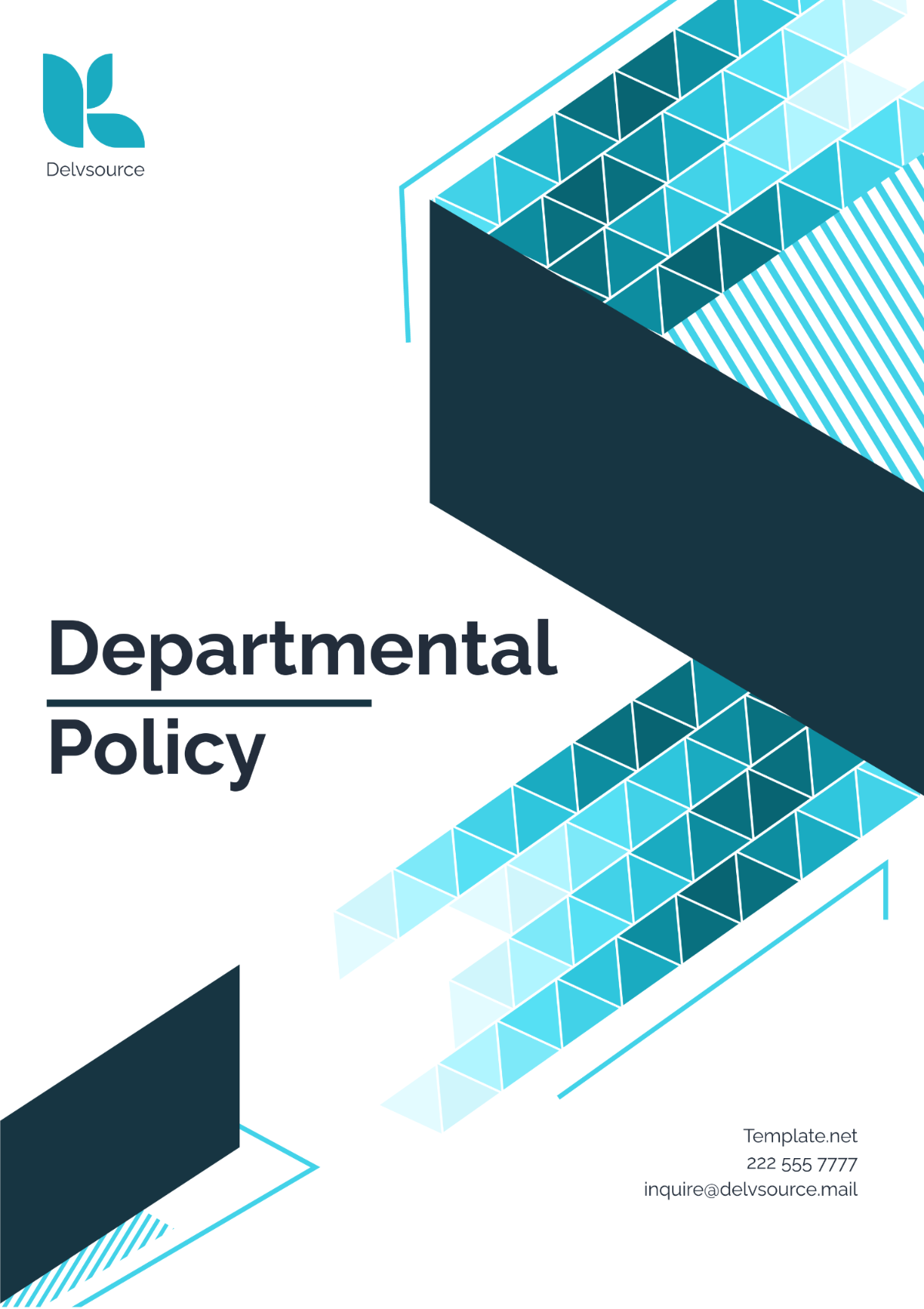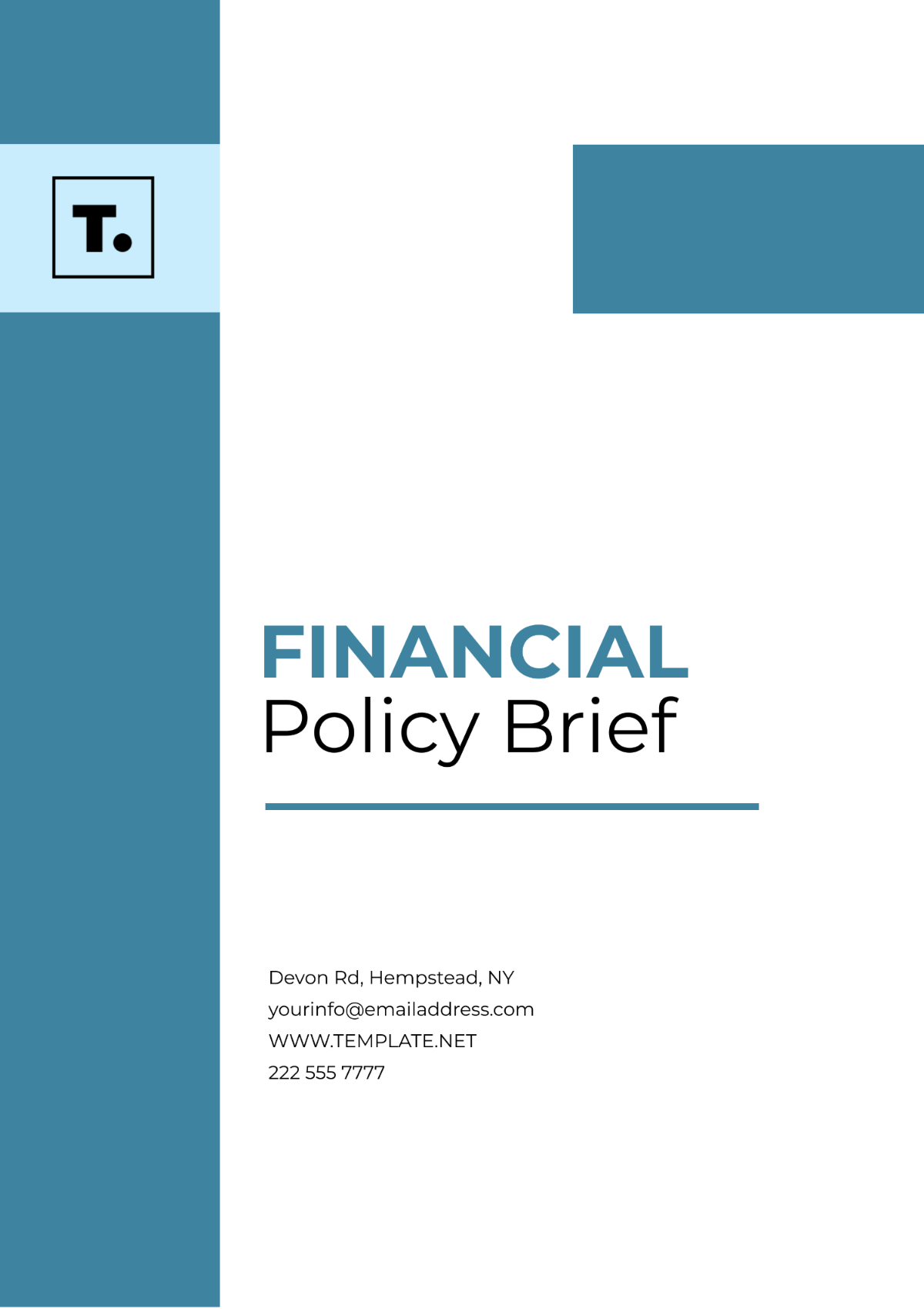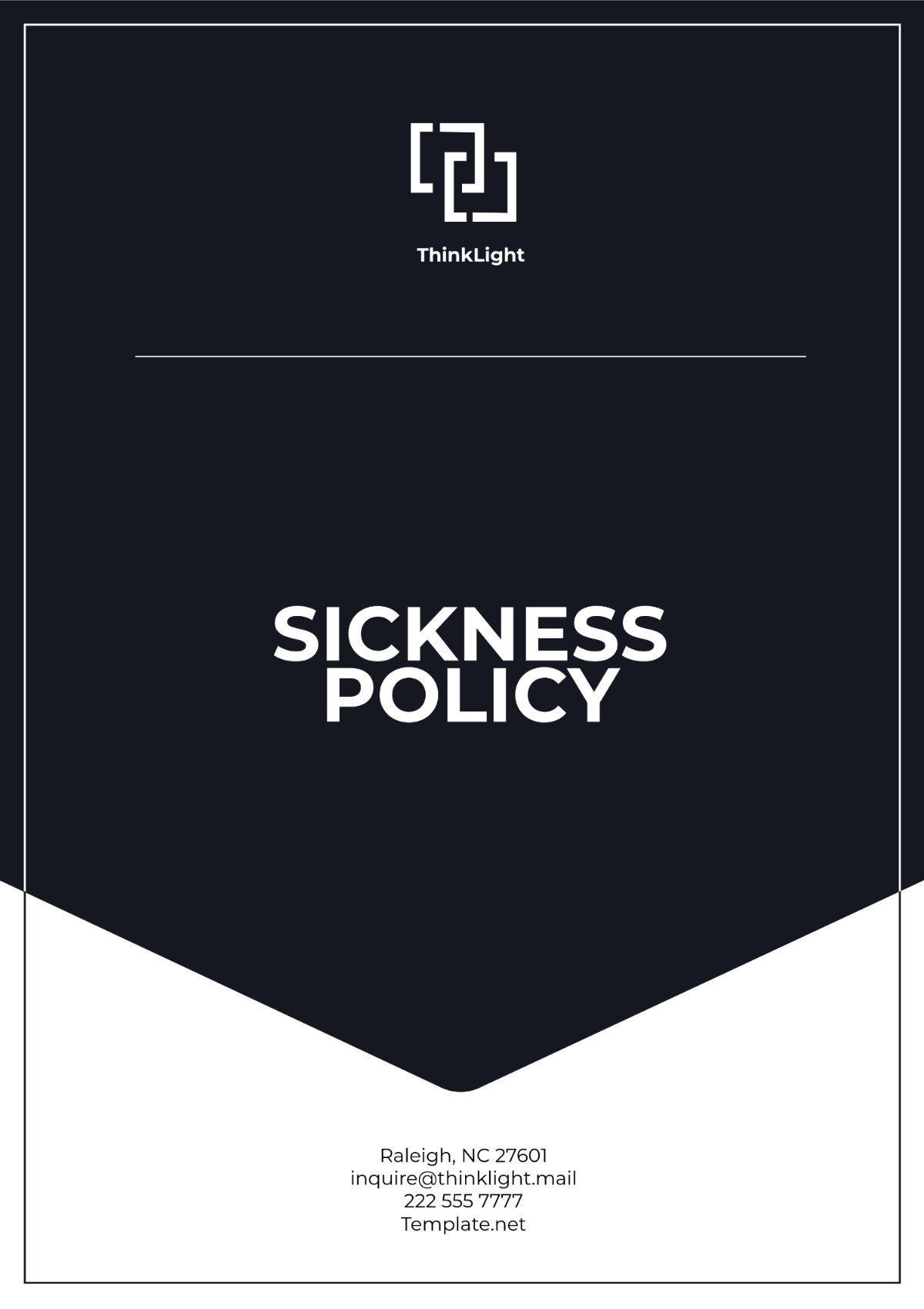Free Climate Change Environmental Policy

- 100% Customizable, free editor
- Access 1 Million+ Templates, photo’s & graphics
- Download or share as a template
- Click and replace photos, graphics, text, backgrounds
- Resize, crop, AI write & more
- Access advanced editor
Define your commitment to the planet with the Climate Change Environmental Policy Template from Template.net. Fully editable and customizable, this template is ideal for organizations creating policies on environmental responsibility and compliance. Personalize it effortlessly in our AI Editor Tool to reflect your values and regulations. Its clear structure ensures alignment with sustainability standards.
You may also like
- HR Policy
- Restaurant Policy
- Company Policy
- Accounting Policies and Procedures
- Website Policy
- Privacy Policy
- Safety Policy
- School Policy
- IT and Software Policy
- Law Firm Policy
- Construction Policy
- Interior Design Policy
- Travel Agency Policy
- Education Academic Policy
- Security Policy
- Real Estate Policy
- Expense Policy
- Software Policy
Climate Change Environmental Policy
I. Introduction
This Environmental Policy outlines our principles, goals, and actions to ensure we are a leader in protecting the planet and promoting a sustainable future. [Your Company Name] recognizes the urgent need to address environmental challenges and mitigate the impacts of climate change. Our commitment to environmental sustainability reflects our organizational values and our responsibility to future generations.
Purpose and Scope
This policy serves as a framework for integrating environmental considerations into all aspects of our operations. It highlights our commitment to reducing negative environmental impacts and fostering sustainable practices. The policy applies to all operations, projects, and partnerships, ensuring that environmental stewardship is a core aspect of our work.
II. Energy Efficiency
Energy efficiency is a critical component of reducing greenhouse gas emissions and minimizing our environmental footprint. This section outlines measures to optimize energy use across all operations.
Energy Audits: Regular energy audits will identify inefficiencies in our facilities and operations. These audits will provide data to inform energy-saving initiatives.
Renewable Energy: We will transition to renewable energy sources, such as solar and wind, for all facilities by [2060]. This effort will significantly reduce our reliance on fossil fuels.
Equipment Upgrades: Outdated equipment will be replaced with energy-efficient alternatives. This transition will lower energy consumption and operational costs.
Employee Engagement: Employees will receive training on energy-saving practices, such as efficient use of office equipment and reducing waste. Their participation is key to achieving our goals.
Monitoring Systems: Advanced energy monitoring systems will track real-time usage and detect inefficiencies. These systems will help us maintain optimal energy performance.
III. Waste Management
Effective waste management minimizes pollution and supports circular economy practices. Office and plastic waste present the greatest reduction opportunities. Implementing recycling and transitioning to sustainable materials will have a significant impact on waste minimization.
Waste Type | Target Reduction | Reduction Strategy |
|---|---|---|
Office Waste | 10 Tons | Implement recycling and composting |
Electronic Waste | 5 Tons | Establish e-waste collection programs |
Construction Debris | 12 Tons | Partner with recycling facilities |
Hazardous Waste | 3 Tons | Adopt safe disposal methods |
Plastic Waste | 15 Tons | Transition to biodegradable materials |
IV. Water Conservation
Water conservation is essential for protecting this finite resource and ensuring its availability for future generations.
Water Audits: Annual water audits will evaluate consumption patterns and identify areas for improvement. These audits will guide our conservation strategies.
Efficient Fixtures: Low-flow fixtures and automated systems will be installed in all facilities. This change will reduce water waste significantly.
Rainwater Harvesting: We will implement rainwater harvesting systems to collect and reuse water for landscaping and other non-potable purposes. This initiative will decrease dependency on municipal water supplies.
Community Partnerships: Partnerships with local communities will promote water conservation projects, such as watershed restoration. Collaborative efforts will amplify our impact.
Employee Awareness: Educational programs will teach employees how to conserve water at work and home. These programs aim to foster a culture of water stewardship.
V. Sustainable Procurement
Sustainable procurement ensures that our purchasing decisions align with environmental goals.
Vendor Standards: Vendors will be evaluated based on their environmental practices. Preference will be given to those adhering to sustainable and ethical standards.
Eco-Friendly Products: Office supplies, equipment, and materials will be selected based on their environmental impact. Products with minimal packaging and high recyclability will be prioritized.
Lifecycle Assessments: We will assess the lifecycle of products to ensure they meet sustainability criteria. This approach will minimize waste and maximize resource efficiency.
Local Sourcing: Local sourcing will reduce transportation emissions and support regional economies. This practice will strengthen our community ties.
Policy Communication: Suppliers and partners will be informed of our procurement policies. This transparency will encourage adherence to shared environmental goals.
VI. Carbon Footprint Reduction
Reducing our carbon footprint is central to combating climate change. Office energy use and supply chain operations are the largest contributors to emissions. Switching to renewable energy and collaborating with sustainable suppliers will significantly reduce our carbon footprint.
Activity | Current Emissions | Target Reduction |
|---|---|---|
Employee Commuting | 50 MT CO₂ | 40% |
Office Energy Use | 200 MT CO₂ | 50% |
Business Travel | 100 MT CO₂ | 30% |
Supply Chain Operations | 300 MT CO₂ | 20% |
Product Lifecycle | 150 MT CO₂ | 25% |
VII. Employee Engagement
Employee involvement is vital for achieving our environmental objectives. Employees will be encouraged to share ideas for improving environmental performance. Their insights will contribute to continuous improvement.
Training Programs: Regular training will equip employees with knowledge about environmental practices. These programs will include workshops, webinars, and practical activities.
Incentive Programs: Employees will be rewarded for adopting eco-friendly behaviors. Rewards will range from recognition to monetary incentives.
Green Teams: Volunteer green teams will lead initiatives such as office recycling and energy-saving campaigns. Their efforts will inspire collective action.
Celebrating Success: Achievements in sustainability will be celebrated to motivate ongoing participation. Recognition events will highlight the collective impact of our efforts.
VIII. Monitoring and Reporting
Regular monitoring and transparent reporting ensure accountability and progress. Key Performance Indicators (KPIs) will track energy use, water consumption, waste reduction, and carbon emissions. Regular updates will assess progress.
Annual Reports: Comprehensive environmental reports will be published annually. These reports will highlight achievements, challenges, and future plans.
Third-Party Audits: External audits will validate our environmental performance. Independent assessments ensure credibility and compliance.
Stakeholder Communication: Reports will be shared with stakeholders to foster trust and collaboration. Transparency is essential for building long-term relationships.
Data Analytics: Advanced analytics will identify trends and areas for improvement. Data-driven decisions will optimize our environmental strategies.
IX. Next Steps
To advance our environmental goals, [Your Company Name] will focus on implementing the strategies outlined in this policy.
Renewable Energy Expansion: We will prioritize the installation of renewable energy systems in all facilities. This action aims to reduce our reliance on fossil fuels by [25%] by [2060].
Waste Management Programs: Enhanced recycling and composting programs will be rolled out across all operational areas. These initiatives aim to achieve a [Target Percentage] reduction in landfill contributions by [2060].
Community Collaborations: Partnerships with local organizations will support reforestation, clean water projects, and renewable energy adoption. These collaborations will amplify the impact of our sustainability initiatives.
Policy Review: An annual review of this Environmental Policy will ensure alignment with the latest environmental standards. Feedback from stakeholders and employees will guide necessary updates.
Employee Empowerment: Training programs and engagement activities will continue to motivate employees to contribute to sustainability goals. Their involvement will drive a culture of environmental responsibility across the organization.
Key actions include accelerating the transition to renewable energy, expanding waste reduction initiatives, and deepening community partnerships. Through continuous improvement and collective effort, we aim to be a leader in environmental sustainability.





























